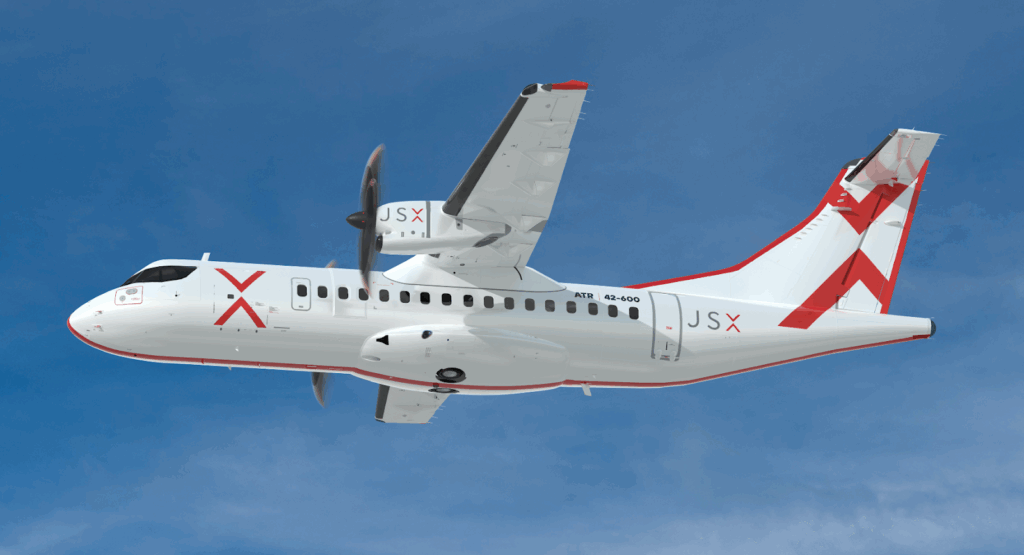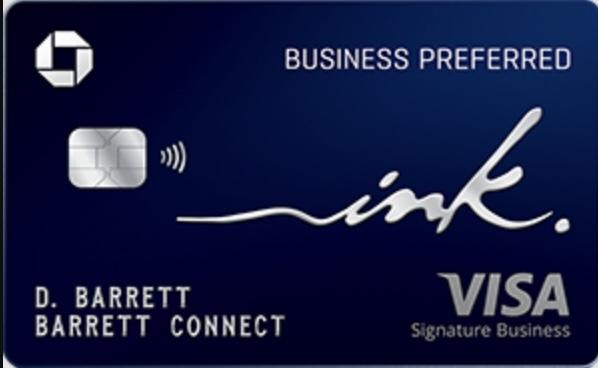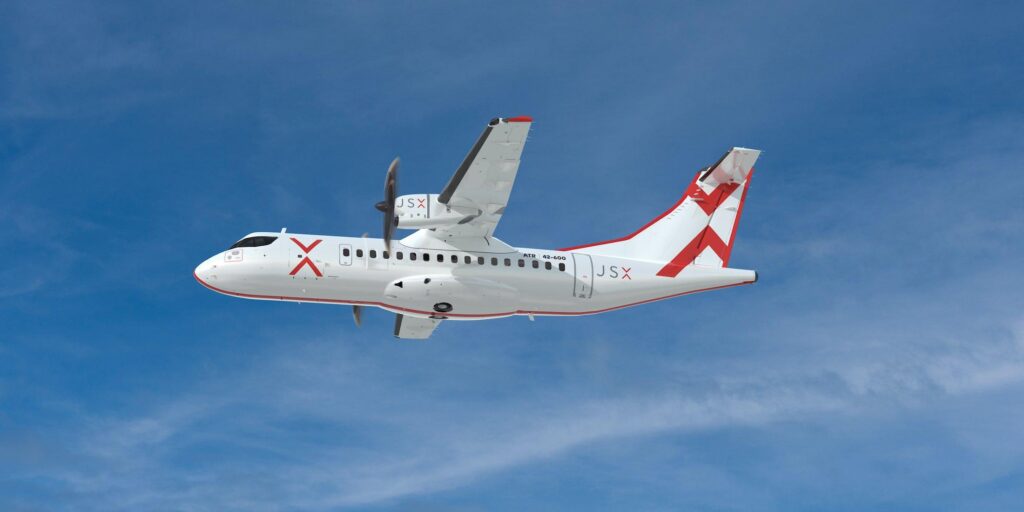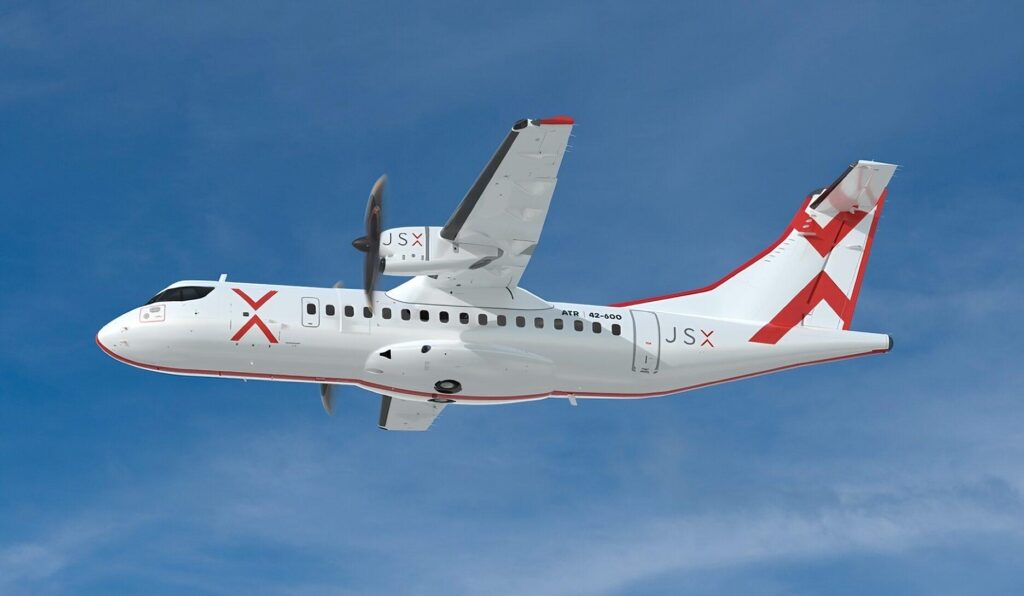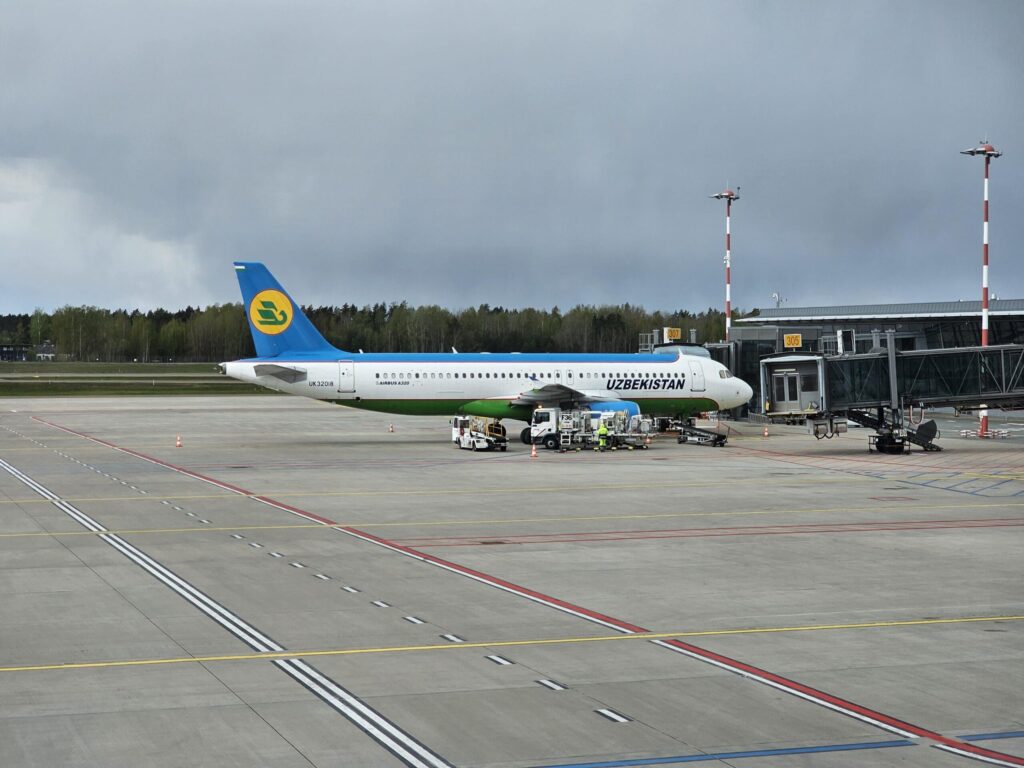
5 Key Insights About Wells Fargo’s Autograph Transfers
In 2024, Wells Fargo made a bold move by introducing its first dedicated travel rewards card, the Autograph Journey™ Visa® Card, effectively replacing the no-fee Autograph Visa® option. Now in 2025, I’ve seen countless excited discussions about how this revamped product has propelled Wells Fargo Rewards more in line with longstanding leaders like Chase, American Express, and Capital One—especially due to the new points transfer capabilities.
Through extensive reading and immersion in the travel-loyalty world, I’ve observed that this development fills an important niche for many budget-conscious travelers who want stronger flexibility when redeeming points. From what I’ve gathered, savvy flyers enjoy having multiple transfer partners and better redemption options, and the Autograph Journey™ Visa® Card delivers just that.
1. Debut of the Autograph Journey™ Visa® Card

The Autograph Journey™ Visa® Card carries a modest $95 annual fee and comes packed with a 60,000-point bonus after spending $4,000 within three months. I’ve noticed that this upfront bonus gives an excellent jumpstart toward free flights or upscale hotel stays, especially when you strategize your point usage. There’s also a $50 annual airfare credit, which can soften the blow of airline extras. Trip cancellation insurance up to $15,000 can also be a lifesaver, reassuring travelers who worry about the financial risk of sudden plan changes.
Over the past year, various travel forums and consumer magazines have praised how these features stack up against competitor cards of the same tier. According to a 2025 survey by the National Travel Rewards Association, close to 60% of cardholders say that added benefits like airline credits and robust travel protection have become essential “make-or-break” factors in choosing a new card.
2. The Points Transfer Program & Partners

One of the most transformative aspects of Wells Fargo’s upgrade is the introduction of points transfers to seven travel partners: Aer Lingus, Air France-KLM, Avianca, British Airways, Iberia, Virgin Atlantic, and Choice Privileges. Having multiple options allows travelers to chase frequent-flyer sweet spots—for instance, short-haul awards with British Airways or medium-haul business-class deals through Air France-KLM. From everything I’ve read, these sorts of alliances greatly expand your redemption horizons.
Choice Privileges stands out because it converts points at a 1:2 ratio. That can be especially helpful when you’re planning a domestic trip and seeking high-value hotel redemptions. I’ve seen people score last-minute rooms at popular vacation destinations for considerably fewer out-of-pocket costs by leveraging these strong transfer ratios. In my view, whether you’re hunting for a European escapade or a local weekend getaway, having these partners on deck means fewer missed opportunities for your travel goals.
3. Transfer Ratios & Redemption Value

Wells Fargo’s airline partners typically enable a 1:1 transfer ratio, keeping things simple and familiar if you’ve handled other transferable currencies before. Meanwhile, the 1:2 conversion rate with Choice Privileges creates a valuable niche for hotel stays—these can sometimes net you effective redemption values nearing 1.3 cents per point or more, a noticeable jump above the base 1 cent per point rate for cash back or statement credits.
I’ve seen travelers get even more out of their points by timing flash sales or promotional award fares, especially with partners like Virgin Atlantic. According to recent industry data, at least 45% of frequent flyers consider the ability to capitalize on limited-time award deals a top reason to maintain a flexible currency. That flexibility can open the door to premium cabin experiences or glamorous hotel stays without stretching your budget.
4. Versatile Earning & Combining Points

Wells Fargo didn’t just stop at transferring points—they also made it simple to merge rewards from other Wells Fargo products, such as the no-annual-fee Autograph Visa® or the Active Cash® Card. In my own comparisons, pooling points can be a real game-changer. If you’re using multiple Wells Fargo cards with different bonus categories, you can maximize overall earning and funnel those combined points into a single redemption strategy.
I’ve observed that many households coordinate their spending across various cards to rack up points faster. This means you could swipe your Autograph Journey™ Visa® for travel expenses while another card handles dining or groceries, then collect all those points in one place. By consolidating, you’re not stuck with scattered pockets of rewards that are harder to use for those bigger, more rewarding redemptions.
5. Why This Matters for Frequent Flyers

Getting your foot in the door with a diverse range of airline and hotel partners is a huge plus if you’re aiming for the best seat in the sky or an aspirational property on a trip-packed schedule. The near-instant transfers that Wells Fargo now provides reduce the guesswork and the stress, as there’s often no need to plan months in advance just to move points around. From premium cabins to city-center hotels during peak travel, booking possibilities now feel far broader.
Because the Autograph Journey™ Visa® Card is still relatively new, I’ve noticed many travel enthusiasts speculating about upcoming enhancements. If more partners join over time, your redemption strategies could broaden even further. From what I’ve observed, this expansion has Wells Fargo positioning itself as a notable contender in the wider travel rewards landscape—a category once ruled by older, more established programs.
Final Thoughts

By upgrading from a no-fee product to a feature-rich travel rewards card, Wells Fargo has clearly signaled its intent to resonate with travelers who crave more flexibility and value from their everyday spending. Between earning rates that can be combined across multiple Wells Fargo offerings and the transfers to both airline and hotel programs, it’s easy to see why frequent flyers are taking note.
I consider this a critical turn for mid-tier cards because it breaks the monopoly held by a few major issuers. With increasing competition, the biggest winners are travelers who can now pick and choose from a broader variety of programs, balancing affordable annual fees with robust rewards. I’ve witnessed how choice and flexibility usually lead to better deals and more dynamic journeys for everyone.
Sky Skylar’s Take
From my perspective, this expansion symbolizes a growing era of blended reality in travel, where knowledge and data can be as powerful as logging real miles in the sky. Even if you’re not racking up actual flights every week, the ability to leverage these transfer partners effectively is what truly sets a strong rewards system apart in 2025.
I believe there’s untapped potential in how these points transfer networks could evolve. If Wells Fargo continues adding new partners, I foresee a ripple effect across the travel credit card market—ultimately motivating other providers to step up their game.
BoardingArea is the place to go for more insights and resources, so keep exploring!

